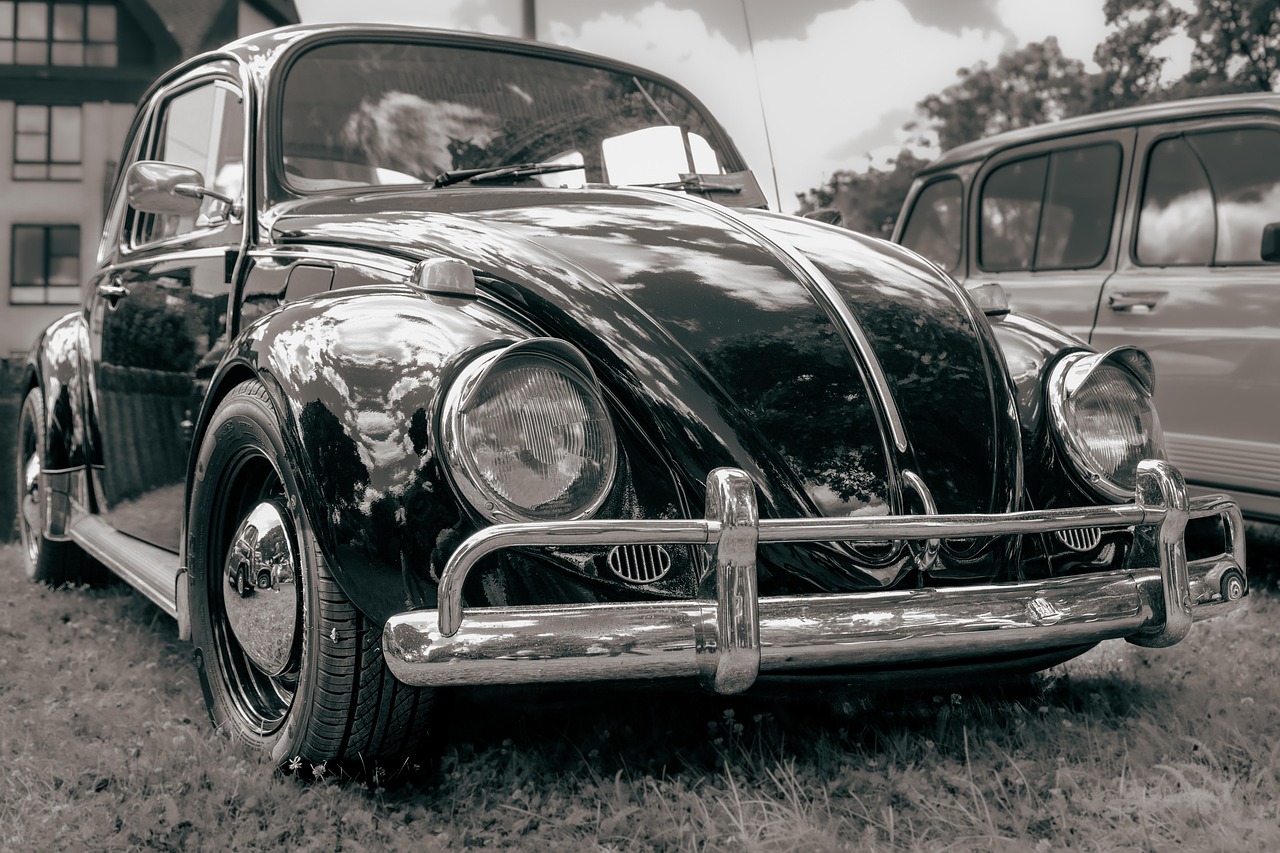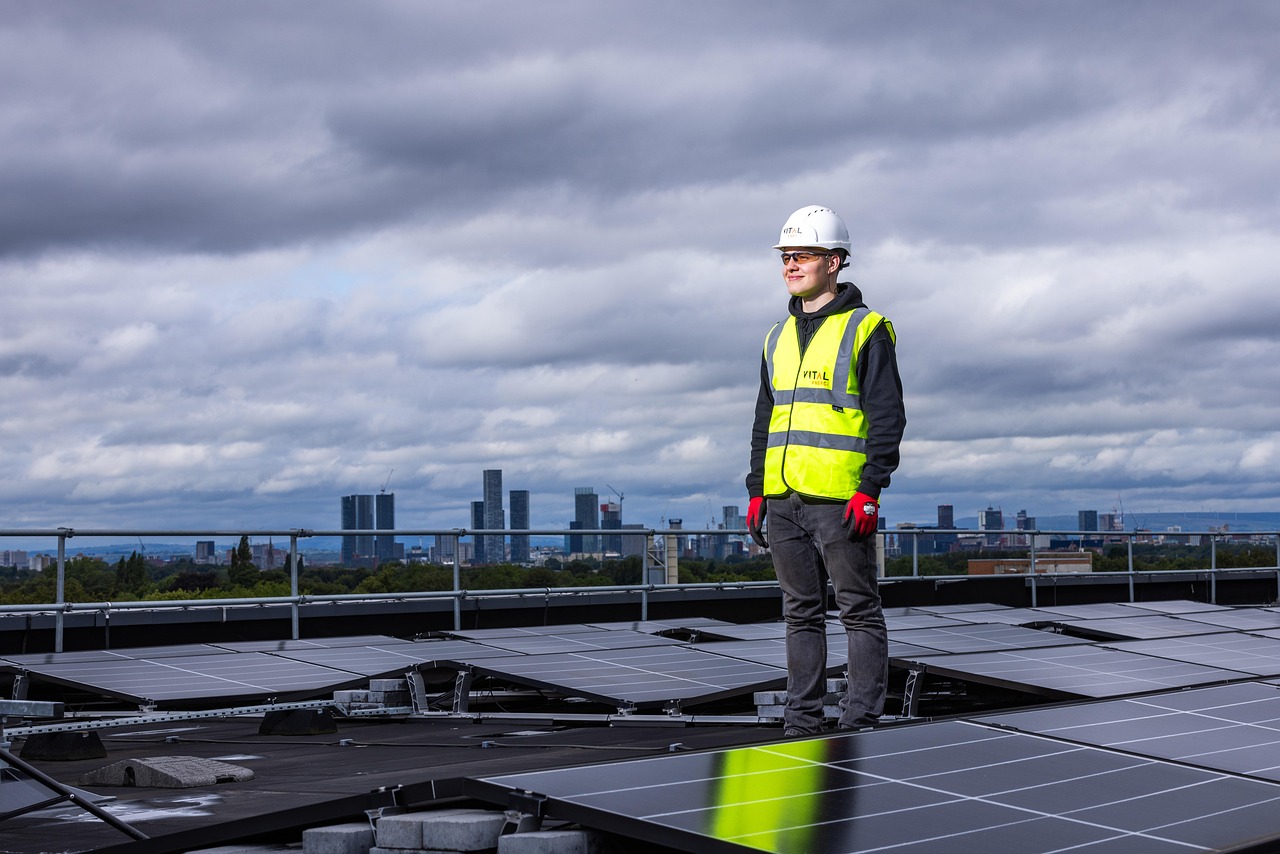Paint protection film (PPF) is a clear, durable polyurethane layer applied to a car’s surface to guard against common damages like scratches, stone chips, bug stains, and discoloration. It acts as a physical barrier that preserves the vehicle’s original paint while maintaining its glossy finish.
The primary benefit of paint protection film is its ability to protect a car’s paint from environmental hazards and everyday wear without altering its appearance. This film can be customized to cover vulnerable areas or the entire car, depending on the level of protection desired.
Various brands offer PPF with different features, such as self-healing properties and UV resistance, making it a practical choice for those who want to extend their vehicle’s paint life. It is both removable and safe for factory finishes, offering peace of mind for car owners.
Benefits of Paint Protection Film for Cars
Paint Protection Film for cars provides multiple advantages to maintain a vehicle’s exterior condition. It helps guard against everyday hazards while preserving the paint’s original look and enhancing the car’s overall appearance.
Protection Against Scratches and Stone Chips
PPF acts as a physical barrier between the vehicle’s paint and external elements that cause damage. It effectively reduces the impact of stone chips, road debris, and minor scratches. This protection is crucial for high-traffic areas of a car, such as the front bumper, hood, and side mirrors, which are prone to damage.
The film’s self-healing properties allow minor scratches to disappear with heat exposure from the sun or engine warmth. This feature prolongs the paint’s flawless appearance without the need for frequent repairs or touch-ups.
UV Resistance and Paint Preservation
Exposure to ultraviolet (UV) rays causes paint to fade and degrade over time. PPF includes UV-resistant components that prevent this damage, preserving the car’s original color and gloss.
By blocking harmful solar radiation, the film slows the oxidation process that dulls paint. This protection extends the paint’s lifespan and maintains the factory finish for years, reducing the need for polishing or repainting.
Enhanced Aesthetic Appearance
PPF is nearly invisible once applied, maintaining the car’s sleek and glossy surface. It helps retain the brand-new look by preventing common wear marks like swirl marks and stains caused by environmental contaminants.
Because it’s clear and smooth, the film does not alter the vehicle’s color or texture. Instead, it delivers a polished, professional finish that enhances the car’s resale value and visual appeal.
Types and Application of Paint Protection Film
Paint protection film (PPF) comes in several varieties tailored to different levels of durability and coverage. Choosing the right film and application method depends on the vehicle owner’s needs and the specific areas requiring protection.
Self-Healing Films
Self-healing PPF uses a special topcoat that enables minor scratches and swirl marks to disappear with exposure to heat, like sunlight or warm water. This technology helps maintain a smooth, clear surface, reducing the appearance of wear without needing film replacement.
These films are typically thicker and more flexible, offering better protection against chips and impacts. Self-healing films are popular for high-traffic areas such as bumpers and hoods, where damage risk is greater.
While more expensive than standard PPF, the extended lifespan and aesthetic benefits make self-healing films a practical choice for preserving the car’s finish over time.
Full vs. Partial Coverage
Full coverage means applying PPF to the entire exterior surface of the vehicle, including doors, mirrors, fenders, and bumpers. This provides maximum protection from environmental damage but comes at a higher cost and longer installation time.
Partial coverage focuses on vulnerable areas, like the front bumper, hood, and side mirrors. It’s more budget-friendly and still guards against the most common sources of paint damage from road debris and insects.
Owners should weigh factors like driving conditions, budget, and vehicle usage when deciding between full or partial coverage. Partial coverage can be expanded later if desired.
Professional vs. DIY Installation
Professional installation involves trained technicians applying PPF in climate-controlled environments using specialized tools and software for precise cuts. This method reduces the risk of bubbles, wrinkles, and misalignment while ensuring proper adhesion.
DIY kits are available and may save money but often require experience and patience. Improper installation can lead to reduced film longevity and visible imperfections.
For best results, professionals recommend professional installation due to the film’s sensitivity and complexity. However, an experienced DIYer can achieve acceptable results with careful preparation.
Maintenance and Care Tips
PPF requires regular cleaning with gentle, non-abrasive car wash products to avoid damaging the film’s surface. Avoiding harsh chemicals or abrasive cloths helps preserve its clarity and protective properties.
Wax and ceramic coatings can enhance PPF’s hydrophobic qualities, making it easier to clean and extending its durability.
Inspect the film periodically for lifting edges or tears, as timely repairs prevent dirt and moisture intrusion. Minor surface scratches on self-healing films usually disappear with warmth, but deeper damage may require professional attention.



